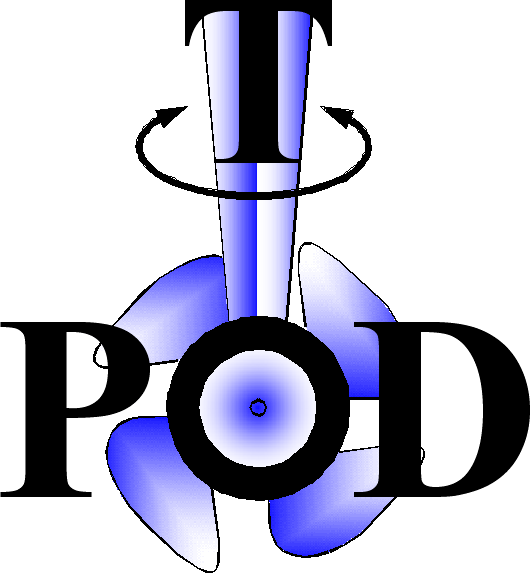


|
|
|
A method based on the coupling between a potential flow code and a RANS flow solver has recently been developed. This method permits to perform unsteady state flow simulations around the full pod and propeller using relatively limited computing power. The velocity field for different propeller loadings is calculated in the near-field downstream flow from the propeller simulated by the resolution of the potential problem. Both steady and unsteady computations are performed. The obtained velocity field is then imposed as an inlet boundary condition within the RANS calculations in which the pod is explicitly represented. Particular attention is paid to the grid effects in the near field close to the strut. The fluctuating pressure distributions on the strut and pod surfaces are analyzed in order to estimate the risk of cavitation inception and the fluctuating hydrodynamic forces acting on the pod which should allow to anticipate the occurrence of vibrations and fatigue. As for twisted rudders, the strut can be geometrically modified to reduce the risk of cavitation inception and the propeller induced lateral force. A method of optimization is presented. |
|
Send mail to
tpod@ncl.ac.uk with
questions or comments about this web site.
|